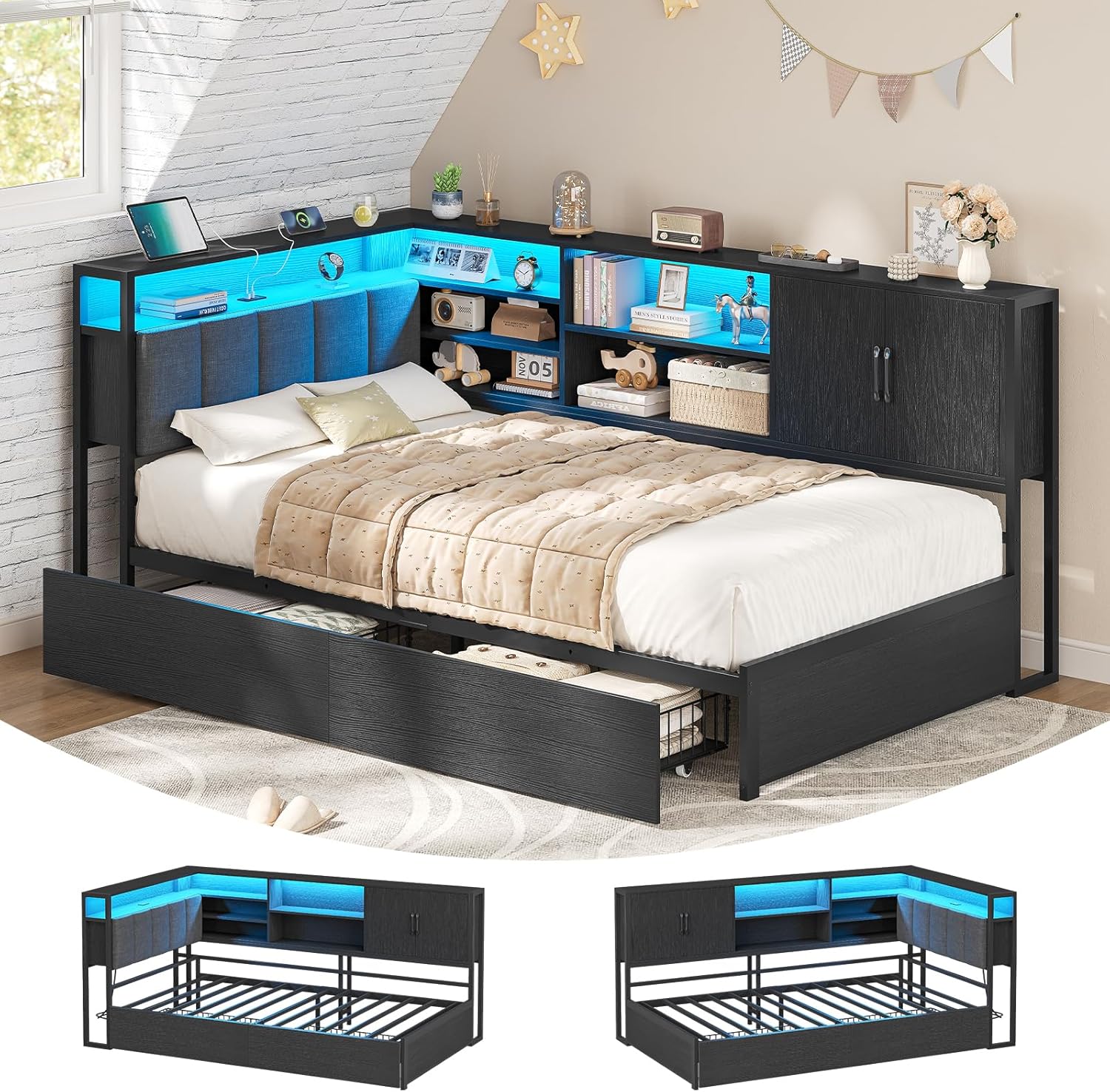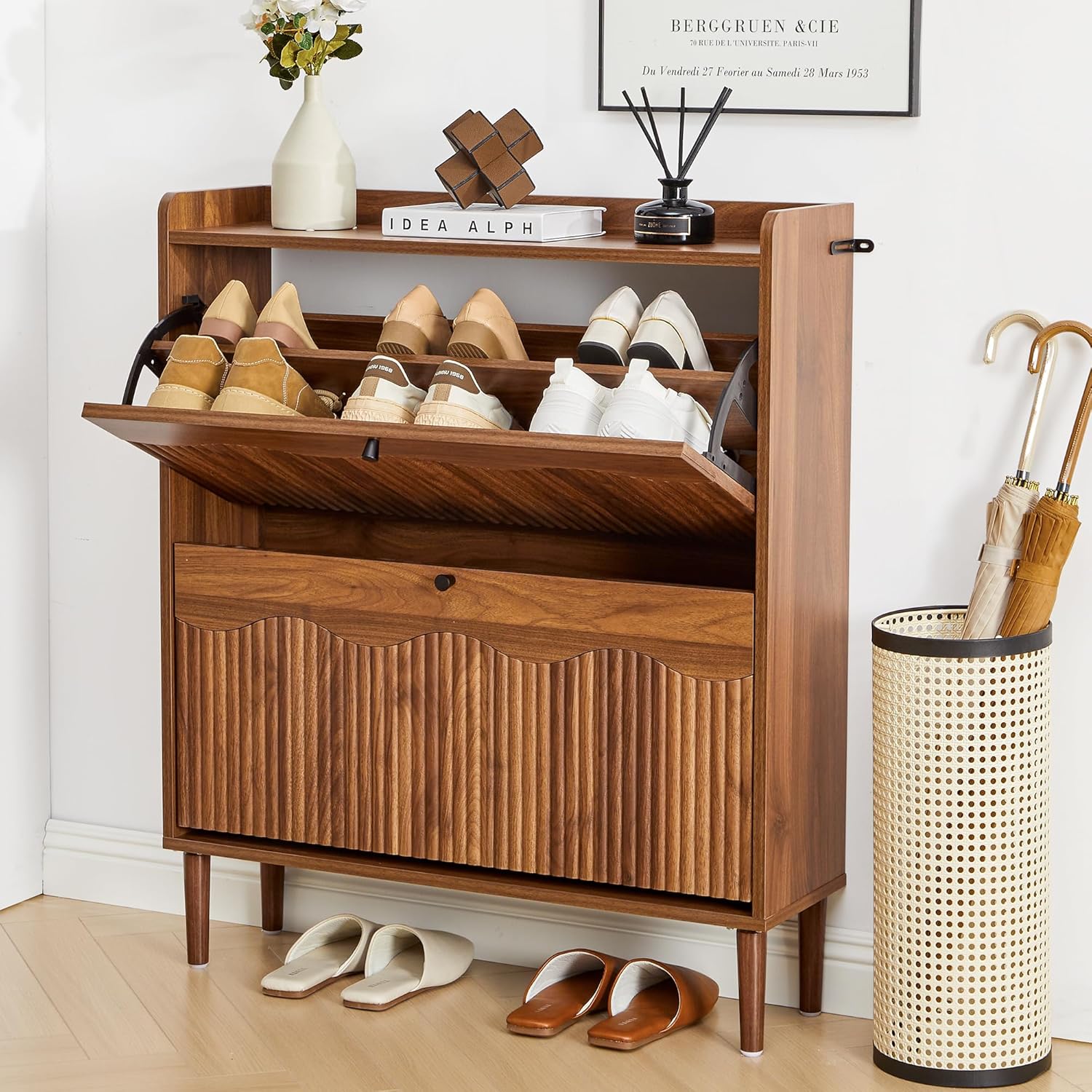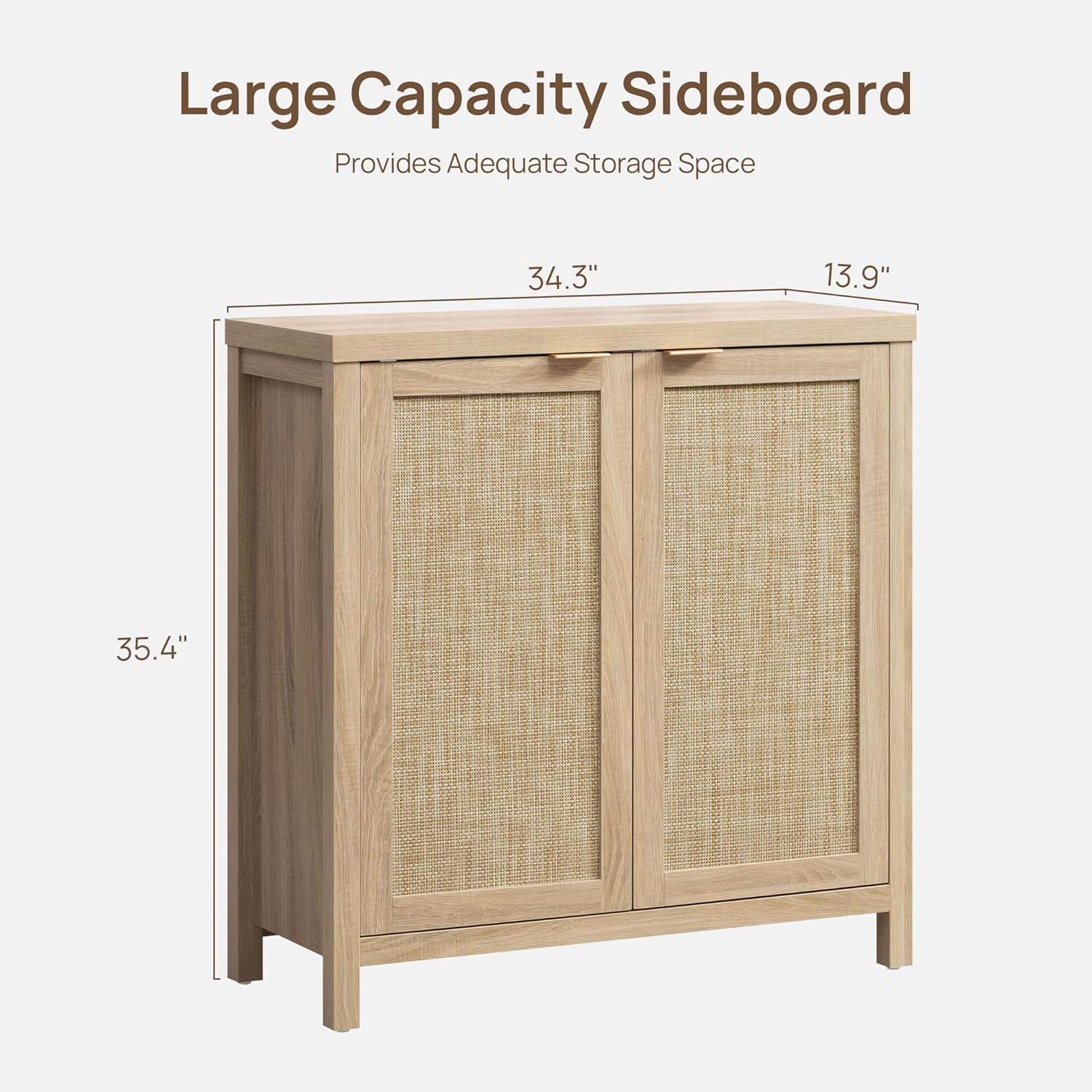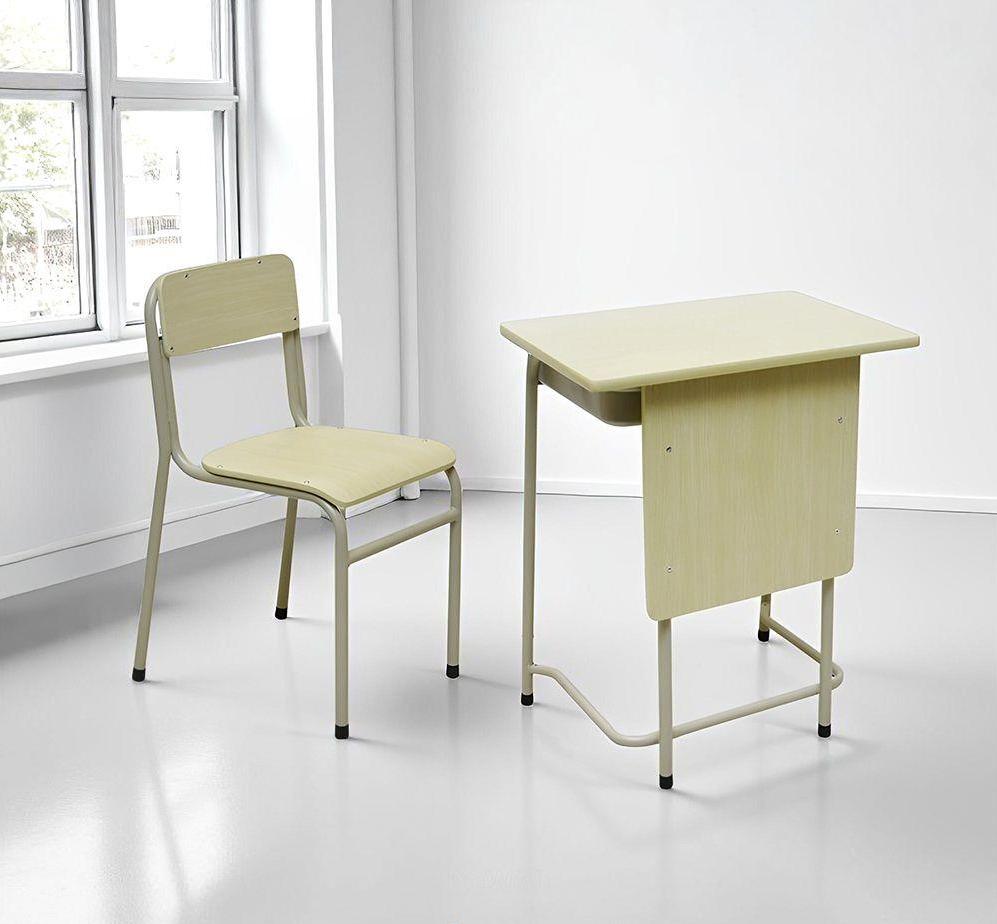For B2B buyers, material selection directly impacts budget, longevity, and operational costs. This article compares steel-wood furniture, solid wood, and engineered wood (e.g., MDF, particleboard) to help you make the most cost-effective decision.
1. Total Cost of Ownership (Based on 100 ofice Desks)
2. Why Do B2B Buyers Prefer Steel-Wood Furniture?
Lower Long-Term Costs
Engineered wood is cheaper upfront but requires replacement every 3-5 years, making steel-wood 30% more cost-effective over a decade.
Solid wood has high initial costs and is sensitive to humidity (e.g., hotel lobbies face cracking risks, increasing repair expenses).
Faster Supply Chain
Steel-wood’s modular prefabrication cuts delivery time by 30% vs. solid wood (Case study: A café chain received 200 tables/chairs in 48 hours).
Compliance & Safety
Engineered wood’s formaldehyde risks may lead to client complaints or legal penalties (e.g., schools/hospitals mandate eco-certifications).
3. Purchasing Recommendations
Best Use Cases:
Steel-Wood: Hotels, coworking spaces, cafés (high durability + easy maintenance).
Solid Wood: Luxury lobbies, showrooms (premium aesthetic, budget-flexible).
Engineered Wood: Pop-up stores, temporary offices (ultra-low cost, but require quality disclaimers).





